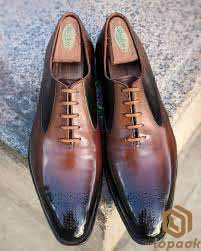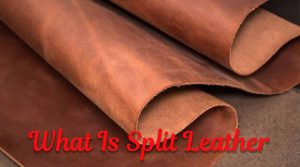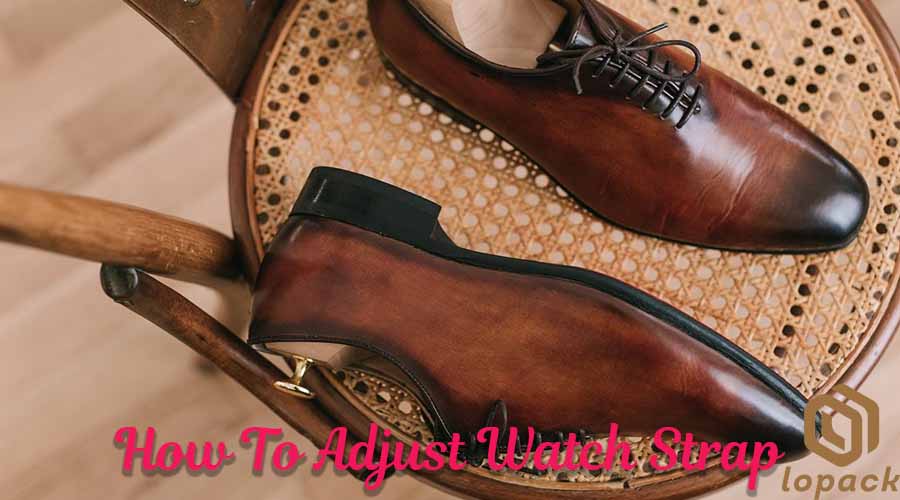
How To Adjust Watch Strap
How To Speed Up Patina On Leather?
Introduction
Patina on leather is a natural and desirable effect that gives leather an attractive and unique look. It is a result of the leather aging and developing a rich, beautiful, and protective layer of oxidation. For many leather enthusiasts, the formation of patina is an important aspect of the leather aging process, as it is often seen as a sign of quality and longevity. In this blog post, we will be discussing the process of speeding up patina on leather, the different methods and techniques that can be used to achieve this effect, and how to get the best results.
Understanding the Science of Patina Formation on Leather
Explanation of Patina Formation
Patina on leather is formed through a chemical process that occurs as a result of the leather being exposed to light, heat, moisture, and other environmental factors. The leather reacts with the elements in its environment, causing it to change color and develop a unique appearance over time. This process is known as oxidation, and it is responsible for the formation of patina on leather.
Factors that Affect Patina Formation
There are several factors that can affect the formation of patina on leather, including the type of leather, the age of the leather, the environment in which it is stored, and the type of use it receives. The leather’s exposure to light, heat, and moisture can also play a role in the formation of patina. For example, leather that is stored in a dark, cool, and dry environment will develop patina at a much slower rate than leather that is exposed to sunlight, heat, and moisture.
Chemical Process of Patina Formation
The chemical process of patina formation occurs when the leather reacts with the elements in its environment. The leather’s natural oils and fats oxidize, causing the leather to darken and develop a unique appearance. This process is similar to the process of rusting, which occurs when metal reacts with oxygen in the environment. The result of this reaction is a protective layer that forms on the surface of the leather, providing a barrier against further damage and preserving the leather for years to come.
Preparing the Leather for Patina Acceleration
Cleaning the Leather
Before attempting to speed up the patina formation process, it is important to clean the leather. This can be done using a soft cloth and a gentle leather cleaner. Simply apply the cleaner to the cloth and wipe down the leather, being careful not to over-saturate it. This will help to remove any dirt, dust, or debris that may be present on the surface of the leather, and will help to ensure that the patina formation process is not hindered in any way.
Conditioning the Leather
After cleaning the leather, it is important to condition it. This can be done using a leather conditioner, which will help to restore the leather’s natural oils and fats, making it more pliable and less prone to cracking or drying out. Simply apply the conditioner to a soft cloth and massage it into the leather, being careful not to over-saturate it. This will help to prepare the leather for the patina acceleration process and will help to ensure that the final result is a rich,beautiful, and even patina that will last for years to come.
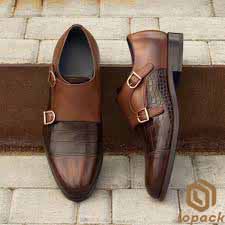
Preparing the Surface of the Leather
Once the leather has been cleaned and conditioned, it is important to prepare the surface of the leather for the patina acceleration process. This can be done by using a leather sandpaper or a leather burnishing tool to gently scuff the surface of the leather. The purpose of this step is to create a slightly rough surface that will allow the patina to adhere more effectively to the leather. It is important to be gentle when performing this step, as too much sanding or burnishing can cause permanent damage to the leather.
Techniques to Speed Up Patina on Leather
Using Natural Ingredients
One of the simplest and most effective methods for speeding up patina on leather is to use natural ingredients. This can be done by applying a mixture of lemon juice and vinegar to the leather, and then exposing it to sunlight. The lemon juice will help to bleach the leather and the vinegar will help to promote the oxidation process, effectively speeding up the formation of patina. This method can be repeated several times over a period of days or weeks to achieve the desired effect.
Applying Heat
Another method for speeding up patina on leather is to apply heat. This can be done by exposing the leather to a heat source, such as a hair dryer, for several minutes at a time. The heat will cause the leather to dry out more quickly, which will in turn speed up the oxidation process and the formation of patina. It is important to be careful when using this method, as excessive heat can cause the leather to crack or become damaged.
Using Chemical Accelerants
A third method for speeding up patina on leather is to use chemical accelerants. This can be done by applying a commercial leather patina accelerant to the leather, which will help to promote the oxidation process and speed up the formation of patina. It is important to follow the instructions provided by the manufacturer when using this method, and to be careful when handling the accelerant, as it may be toxic or flammable. Additionally, it is important to be aware that the use of chemical accelerants may result in an unnatural or uniform patina that may not be as desirable as a naturally formed patina.
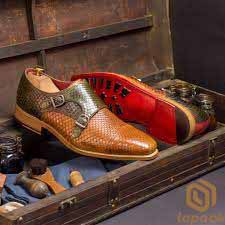
Tips and Tricks for Optimal Results
Importance of Experimentation
When attempting to speed up patina on leather, it is important to understand that the results will vary based on the type of leather, the environment in which it is stored, and the methods and techniques used. As a result, it is important to be patient and to experiment with different methods and techniques until the desired result is achieved. Additionally, it is important to keep detailed records of the methods and techniques used, as well as the results achieved, so that future attempts can be improved upon.
Experimenting with Different Techniques
As mentioned above, experimentation is key to achieving the desired result when attempting to speed up patina on leather. This may involve trying different combinations of natural ingredients, different levels of heat exposure, or different chemical accelerants. It is important to be patient and to keep trying different methods and techniques until the desired result is achieved, as what works for one leather may not work for another.
It is also important to consider the amount of time that will be required to achieve the desired result. Some techniques, such as using natural ingredients, may take several weeks or even months to achieve the desired patina. Others, such as using heat or chemical accelerants, may produce results more quickly, but may also result in a less natural or uniform patina. As a result, it is important to weigh the pros and cons of each method and to consider the amount of time and effort that will be required to achieve the desired result.
Avoiding Damage to the Leather
When attempting to speed up patina on leather, it is important to avoid causing damage to the leather. This may involve avoiding exposing the leather to excessive heat, using the proper tools and techniques for sanding or burnishing the surface of the leather, and being careful when handling chemical accelerants. Additionally, it is important to consider the environment in which the leather will be stored, as exposure to direct sunlight, heat, or moisture can cause damage to the leather and negatively impact the formation of patina.
Conclusion
Accelerating the formation of patina on leather can be a fun and rewarding project for leather enthusiasts, but it is important to understand the methods and techniques involved and to approach the process with patience and care. By following the steps outlined above, experimenting with different techniques, and avoiding damage to the leather, it is possible to achieve a beautiful, rich patina that will last for years to come.
